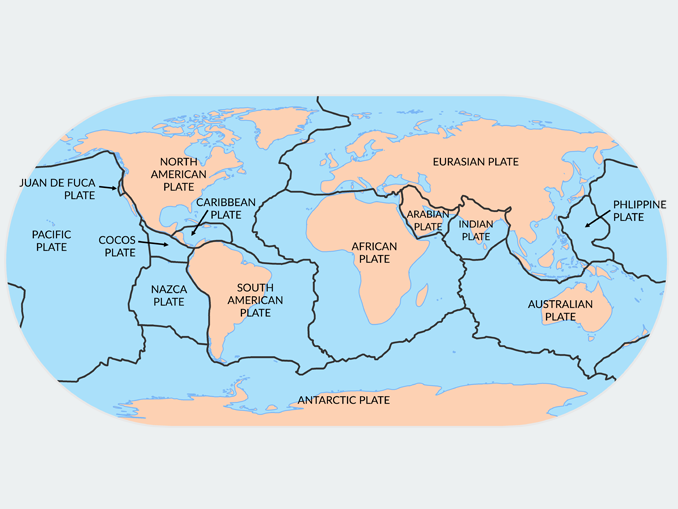Tectonic Plates and Plate Boundaries

Definition Plate tectonics is the theory that Earth's outer shell is divided into several plates that glide over the mantle, the rugged inner layer over the core. The plates act like a tough and stiff shell in contrast to Earth's mantle. This powerful outer layer is called the lithosphere, which is 100 kilometers (60 miles) thick, according to Encyclopedia Britannica. The lithosphere includes the crust and outer part of the mantle. Below the lithosphere is that the asthenosphere, which is malleable or partly malleable, allowing the lithosphere to move around. The way that it moves around is an evolving notion. History Developed from the 1950s through the 1970s, plate tectonics is the contemporary version of continental drift, a theory first proposed by scientist Alfred Wegener in 1912. Wegener didn't have an excuse for how continents could move across the planet, but investigators do today. Before plate tectonics, individuals had to produce explanations of the geologic char...
